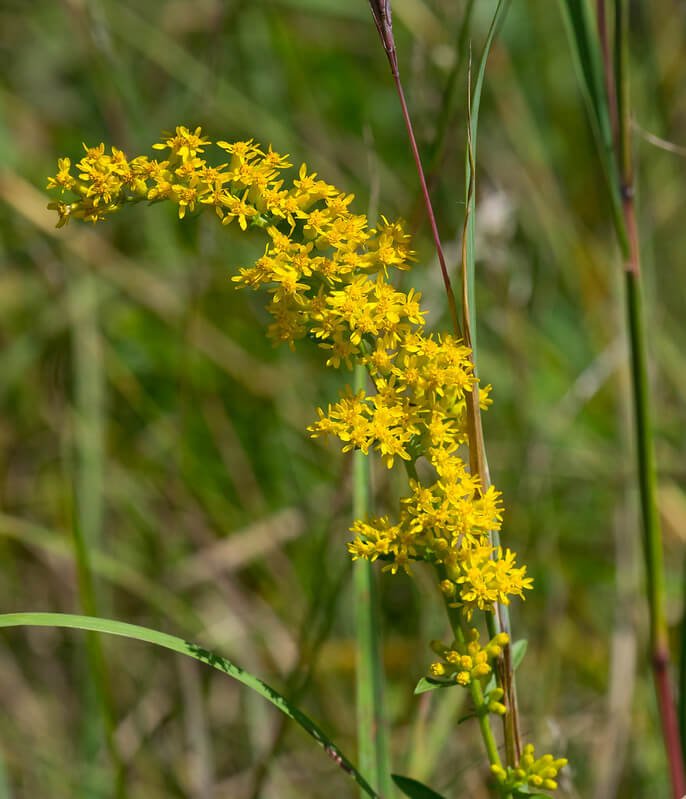Life Cycle: Perennial
Sun Exposure: Full, Light Shade
Soil Moisture: Medium-Dry, Dry
Height: 1-2 feet
Plant Spacing: 3-6 feet
Bloom Time: May-June
Bloom Color: White
Advantages: Bird Favorite, Caterpillar Favorite, Pollinator Favorite, Edible
Host Plant: Red-Spotted Purple and 282 other species of butterflies and moths in our area (nwf.org)
Specialist Bee: Andrena bradleyi, A. Carolina, A. kalmiae, Colletes Validus, C. productus, Panurginus atramontensis, Perdita obscurata, Habropoda laboriosa, Osmia virga, Melitta americana, and M. eickworti (Johnson and Colla, 2023)
Beneficial for Endangered or Threatened Species: Doll's merolonche (Merolonche dolli) (mnfi.anr.msu.edu) and Henry's elfin (Incisalia Henrici) (mnfi.anr.msu.edu)
Resource: Johnson, Lorraine, and Sheila Colla. A Northern Gardener’s Guide to Native Plants and Pollinators: Creating Habitat in the Northeast, Great Lakes, and Upper Midwest. Island Press, 2023








